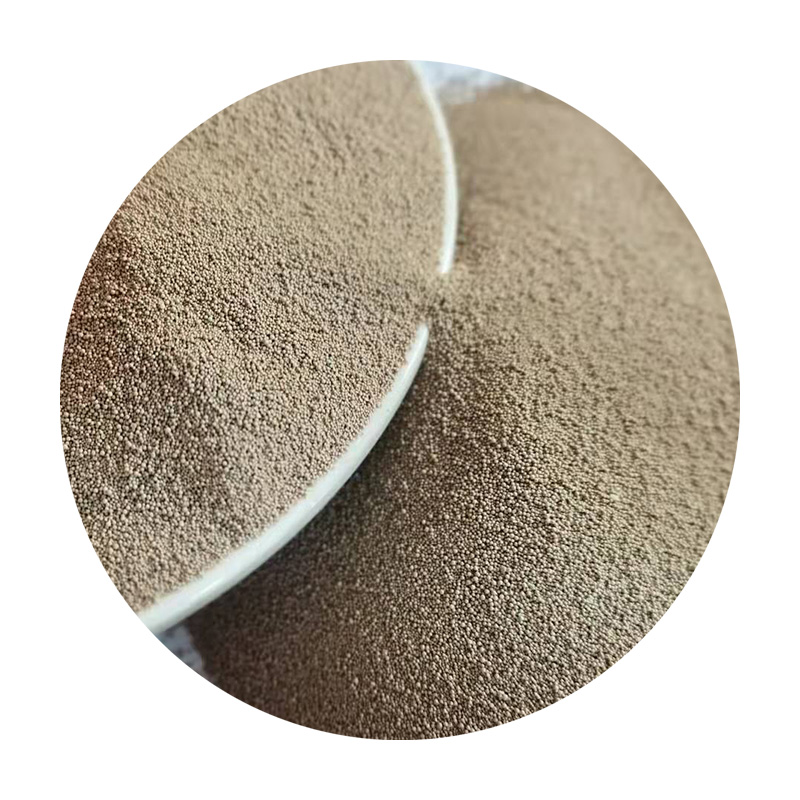The Benefits of Sand Casting
Sand casting, a versatile and widely used manufacturing process, involves creating a mold from sand to shape molten metal. This age-old technique offers numerous advantages that make it an attractive choice for a range of industries, including automotive, aerospace, and general manufacturing. In this article, we will explore the key benefits of sand casting, which not only enhance its applicability but also contribute to its enduring popularity.
One of the primary advantages of sand casting is its cost-effectiveness. The materials used in sand casting, primarily sand and a bonding agent, are relatively inexpensive compared to other mold-making materials. Additionally, the process itself requires minimal setup costs, making it an ideal choice for small production runs as well as large-scale manufacturing. This affordability is particularly beneficial for startups and small businesses needing to produce components without incurring high upfront costs.
The Benefits of Sand Casting
The thermal properties of sand casting also play a critical role in its advantages. Sand has excellent thermal conductivity, which allows the molten metal to cool at a controlled rate. This controlled cooling is essential for minimizing defects such as shrinkage or warping in the finished product. As a result, sand casting can produce high-quality components that meet stringent industry standards. Manufacturers can achieve superior surface finishes and dimensional accuracy, making the process suitable for both functional and aesthetic applications.
sand casting benefits

Furthermore, sand casting is compatible with a wide range of metals and alloys, including aluminum, iron, steel, and copper. This versatility means that manufacturers can choose the material that best suits their production requirements and desired characteristics for the final product. Whether it’s lightweight parts needed for aerospace applications or robust components for automotive use, sand casting can accommodate diverse material choices.
The process of sand casting is also relatively straightforward and easy to learn. This simplicity means that companies can train staff members to become proficient in sand casting quickly, reducing the learning curve associated with more complex manufacturing techniques. The accessibility of the process empowers companies to scale their operations efficiently without requiring extensive specialized training or knowledge.
Environmental considerations have become increasingly important in recent years, and sand casting offers an environmentally friendly manufacturing option. The primary material used, sand, is abundant and recyclable. Old sand can often be reclaimed and reprocessed for future use, minimizing waste and reducing the environmental impact of the manufacturing process. This aligns well with the growing emphasis on sustainability in manufacturing, allowing businesses to demonstrate their commitment to environmentally responsible practices.
In conclusion, sand casting remains a vital manufacturing process due to its myriad benefits. Its cost-effectiveness, ability to produce complex designs, compatibility with various metals, and relatively simple process make it an appealing choice for manufacturers worldwide. Furthermore, the environmental advantages associated with sand casting enhance its appeal in an era increasingly focused on sustainability. As industries continue to seek efficient and adaptable manufacturing methods, the relevance of sand casting is likely to persist, proving its place as a cornerstone of modern manufacturing.
Post time:Дек . 13, 2024 15:11
Next:fill 3d print with sand
